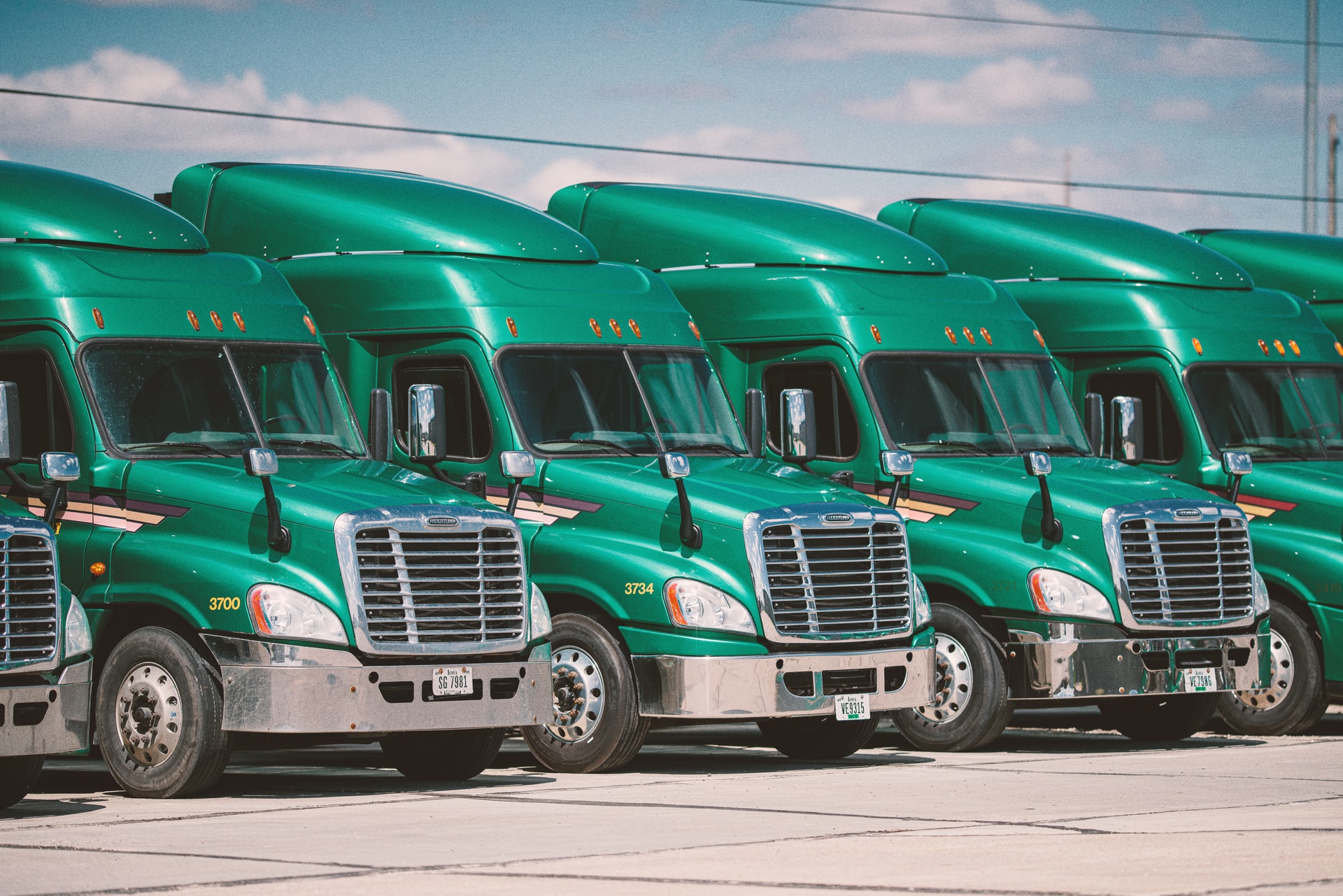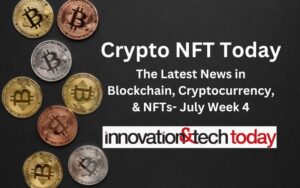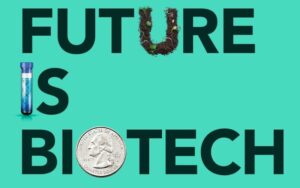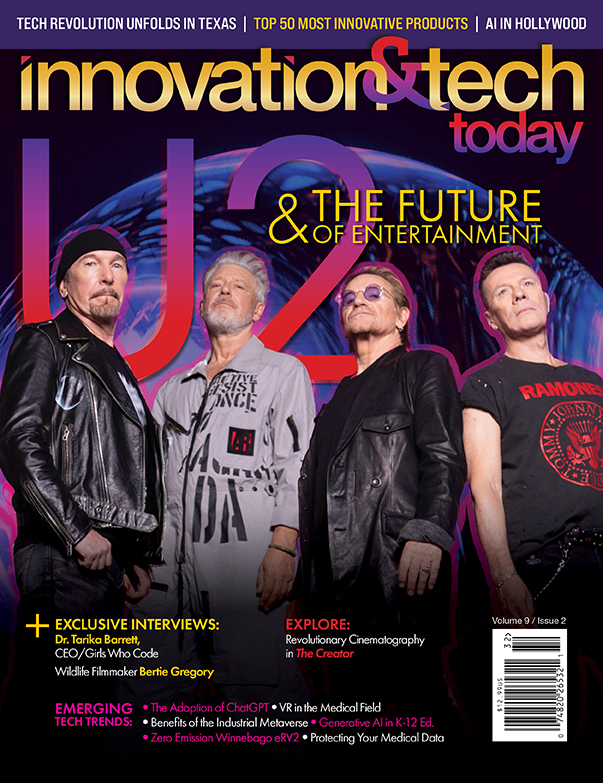Life for America’s 3.5 million truck drivers isn’t easy. Truck drivers generally work long hours in less-than-ideal conditions to make ends meet. The trucking industry is also troubled by repair costs, fuel efficiency concerns, and route planning inefficiencies. But within the next decade, humans may no longer be at the wheel of our freight and personal vehicles, relieving some of these issues.
Driverless vehicle research has made great strides in the past several years, accelerated in part by America’s need for less congested roads and on-demand, affordable private taxi services. While data is still lacking, driverless infrastructure has the potential to transform the way we conduct business and go about transportation.
Security Concerns
Before reaching level four automation, the stage at which vehicles can operate at a level of extremely high self-sufficiency, the automotive cybersecurity dilemma must be solved. The high levels of automation involved in later-stage driverless vehicles, unfortunately, come with enhanced security risks, as more connections are made both inside and outside the vehicle.
As new software is introduced every day, engineers and manufacturers are faced with resolving the problem of security concerns in automated vehicles, from hackers to vehicular connections — perhaps the most complex form of interconnected software ever developed.
Sensor Technology
To safely and efficiently navigate our country’s roadways, automated vehicles need accurate input devices and sensors that alert them of road conditions, nearby vehicles, stop signs, and more. Recently, scientists have developed laser radar sensor systems, which collaborate with cameras and long-range radar to help driverless cars and trucks find their way around town.
Vehicle-to-Infrastructure Communication (V2R)
Smart vehicles promise to be safer and more secure than their human-driven counterparts. That’s because, with no driver at the wheel, human error is eliminated. Artificial intelligence is not likely to get distracted by a text message or a roadside sight.
But this model can only function with the assistance of smart roads and other intelligent infrastructure. From road markers to traffic lights to speed bumps, constant V2I communication is essential if driverless infrastructure is to take off nationwide. Such technologies are already being incorporated into new vehicles, and car manufacturer Toyota plans to incorporate smart transport systems into new vehicles starting this year.
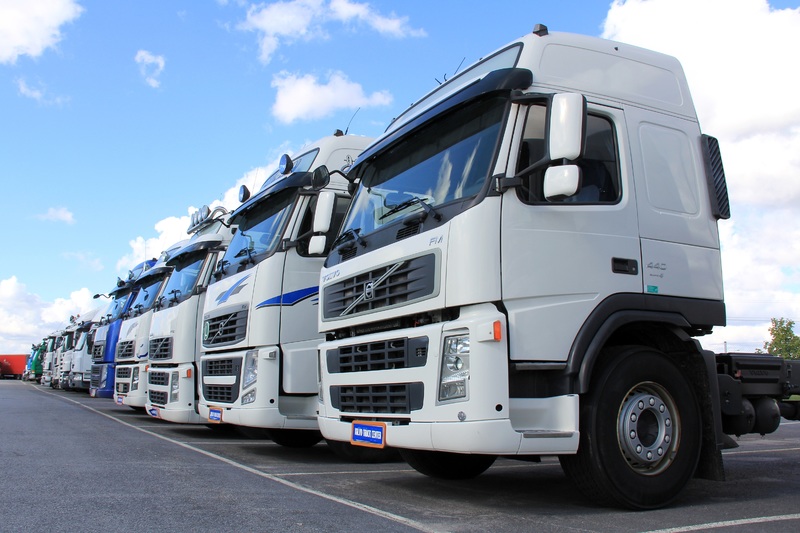
Advanced Driver Assistance Systems
You’ve probably heard of advanced driver assistance systems in the form of adaptive cruise control or park assist. Many of today’s newer cars are manufactured with these tools in mind, using built-in safety features to account for errors, like if the driver doesn’t break in time or swerves out of their lane.
However, newer technologies incorporate a biometric-based approach, detecting the driver’s vital signs and perhaps even doing away with the steering wheel entirely. These systems are important in the development of an autonomous driving ecosystem because they ensure a car can independently perform maneuvers while checking in with its human co-pilots.
Overcoming Barriers to Truck Automation
When it comes to self-driving trucks, the technology must be flawless before implementation. Permits and regulations must be secured, and backup plans must be set in place for system failures and other unforeseen problems. Until that time, the trucking industry can integrate self-navigation equipment and cloud technology to improve their logistics and increase profits.
Telematics and robotics are other tech-savvy ways truck companies can boost revenue while staying on the cutting edge of scientific developments. Homegrown technology and advanced fuel efficiency can also help, with one study by the American Trucking Association finding a 35% difference in fuel consumption between the most and least efficient drivers.
Solar panels can be installed into long-haul trucks, vehicles can be retrofitted into hybrids, and alternative fuel solutions like compressed natural gas can cut back on fuel consumption, save freight companies money, and reduce greenhouse gas emissions.
Career & Lifestyle Impacts
Needless to say, the introduction of such a futuristic technology will come with some societal changes. For example, driverless trucking could fuel careers in tech, as truck drivers transform into IT specialists and long-haul truck driver shortages increase.
Currently, the shipping and transportation industries are weighed down by supply chain inefficiencies and a lack of big data analysis, all of which can be addressed through the Internet of Things (IoT) integration and automated systems.
When it comes to the future of self-driving vehicles, ride-sharing is likely to increase and traffic congestion may decrease. Vehicles that can communicate take up less space than traditional cars and trucks, limiting traffic jams, environmental consequences, and ride-sharing liability concerns.
The impact of new technology on public transportation also promises more efficient buses, trams, and subway systems, as well as expanded accessibility for all. One Australian retirement community has even made use of driverless buses to provide increased mobility for residents.
Conclusion
The trucking business is often plagued by accidents, errors, traffic, and stacks and stacks of paperwork. What’s more, nearly half of truckers work beyond the standard 40-hour workweek, increasing the incidence of accidents and poor judgment.
Driverless cars and trucks have the potential to reverse all these harmful trends if only engineers and software developers can figure out how to provide a safe, secure automated driving experience. If current innovations continue, the future of the trucking and transportation industry could look very different than it does today.


